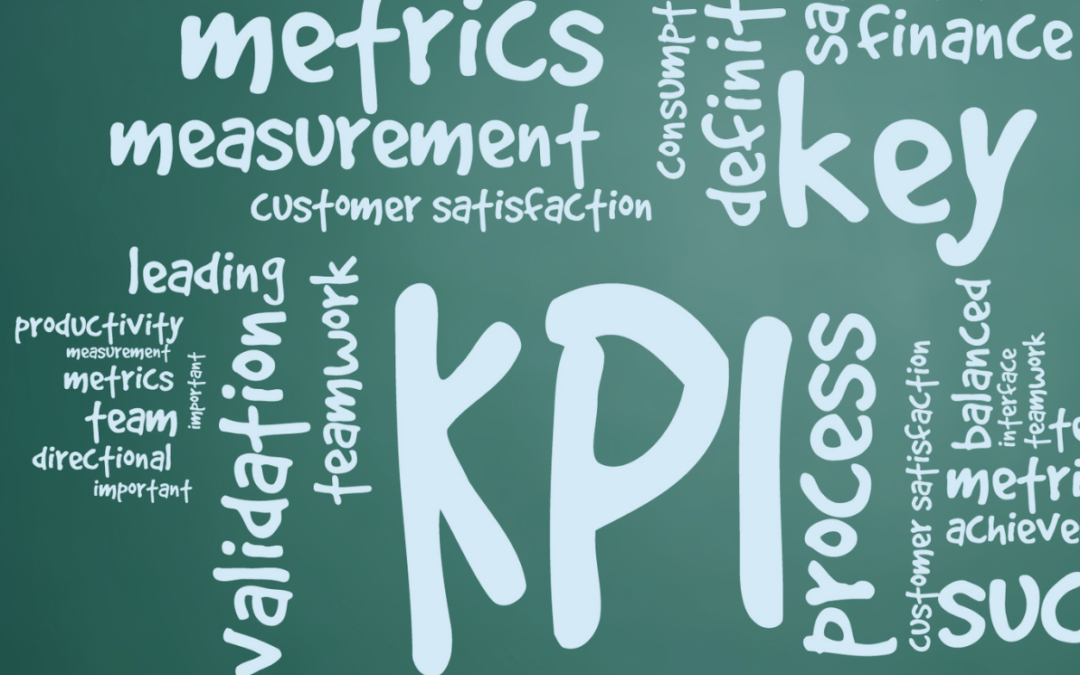When inundated with data, the challenge isn’t the lack of information. It’s knowing which information truly matters. KPI’s should act as a compass towards strategic goals, yet too often they become just another set of numbers in a sprawling dashboard. When looking for the most important insights, many organisations can get caught in a cycle of overload, which leads to inefficiencies and even the most dreaded state of all: analysis paralysis. But is there an effective way to mitigate this? At CapametriX we’ve found a way to
Why KPI Overload Happens and Why It’s Costly
The expansion of digital transformation has standardised data access across organisations. While this is generally positive, it also means that departments often create and track their own KPI’s, leading to overlapping, redundant, or even conflicting metrics. The unintended consequence is KPI overload, where too many metrics dilute focus and make it harder to determine what really drives performance.
The Power of Focused Metrics – Less Is More
Instead of expanding the number of metrics, it’s possible take the opposite approach and focus on a carefully chosen set of KPI’s that directly tie to strategic goals. By identifying a “core set” of relevant, measurable objectives it is possible to cut through the noise and prioritise metrics that are actually actionable.
A Framework for Identifying the Most Impactful KPI’s
Below is a simple, actionable framework that we’ve developed, re-thinking the approach to selection. It’s drawn from CapametriX’s principal priorities; to promote clarity from data and to create transformation ROI. The overarching goal is to empower leaders to focus on what matters most for their unique business context.
1. Align with Strategic Goals
Revisit strategic objectives. Every KPI should have a clear, measurable link to these goals. For instance, if the primary goal is to increase customer retention, a relevant indicator might be the customer churn rate, rather than secondary metrics like website traffic, which may not directly impact retention.
2. Prioritise Cross-Departmental Alignment
Misalignment across departments is a common cause of overload. Aim for a unified framework across departments that ties back to common goals. When each department has a shared understanding of how their efforts support company-wide objectives, you avoid redundant metrics and ensure consistent focus.

3. Is This Actionable?
If a KPI does not drive action, it’s likely not an objective worth following. Actionability, is key; the best KPI’s prompt specific actions when they move. For example, a metric like “Time to Resolve Customer Issues” is not only a measure of performance but also prompts operational improvements, making it inherently actionable.
4. Focus on Leading, Not Just Lagging Indicators
While it’s tempting to look only at outcome-based (lagging indicators), such as sales revenue, it’s often more effective to track leading indicators that predict future performance. Metrics like “Number of New Leads per Week” are leading indicators that signal future sales growth, allowing teams to pivot proactively.
5. Review and Adapt Regularly
Relevance isn’t static. As markets evolve and business goals shift, so should the metrics monitored. Quarterly or bi-annual reviews ensure processes are aligned with current goals. This allows you to stay agile, shedding outdated metrics and adapting to new business realities.
The CapametriX Perspective on KPI Mastery
At CapametriX, we believe that the true power of data lies in its ability to clarify, not complicate. By adopting a refined approach to selection, businesses can unlock a higher level of insight, fueling both daily decisions and long-term strategy. Our expertise in data-driven insights is grounded in helping organisations streamline their metrics, focus on the KPI’s that drive real value, and ultimately, build a smarter, more resilient business.

